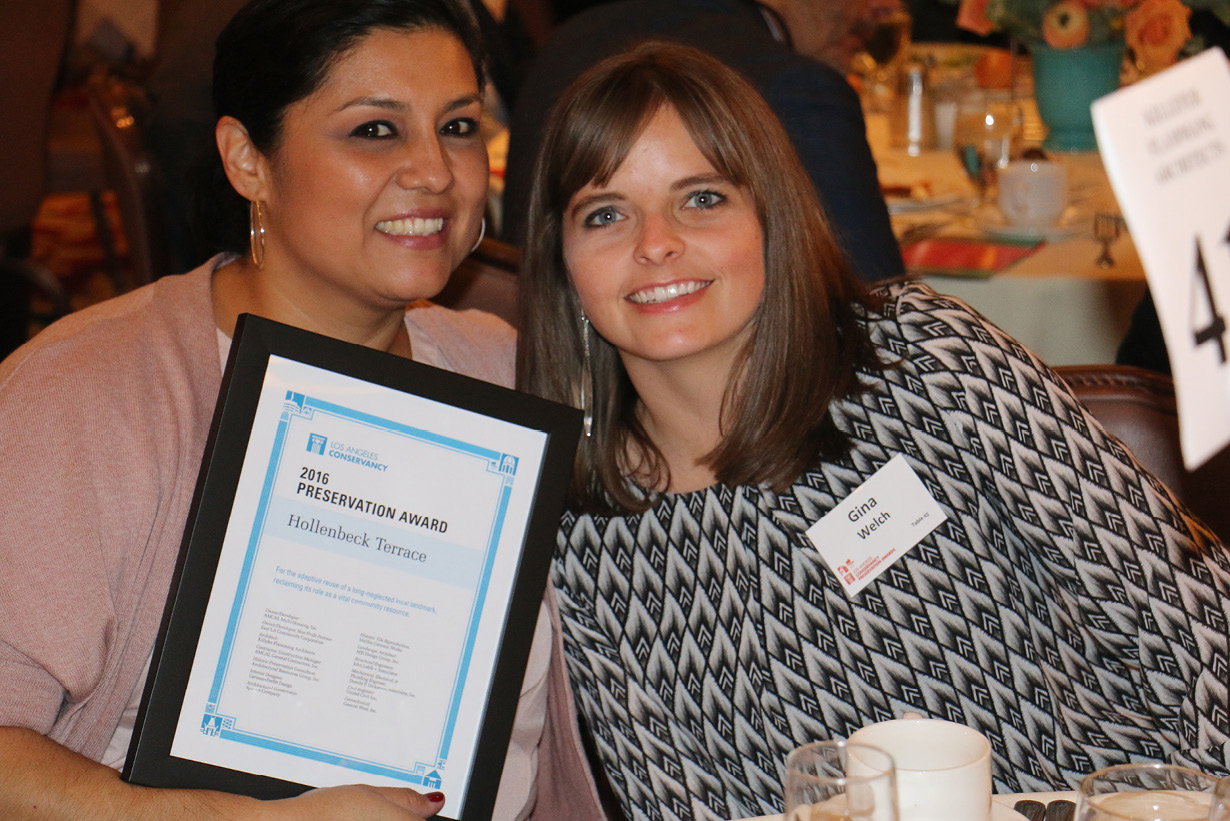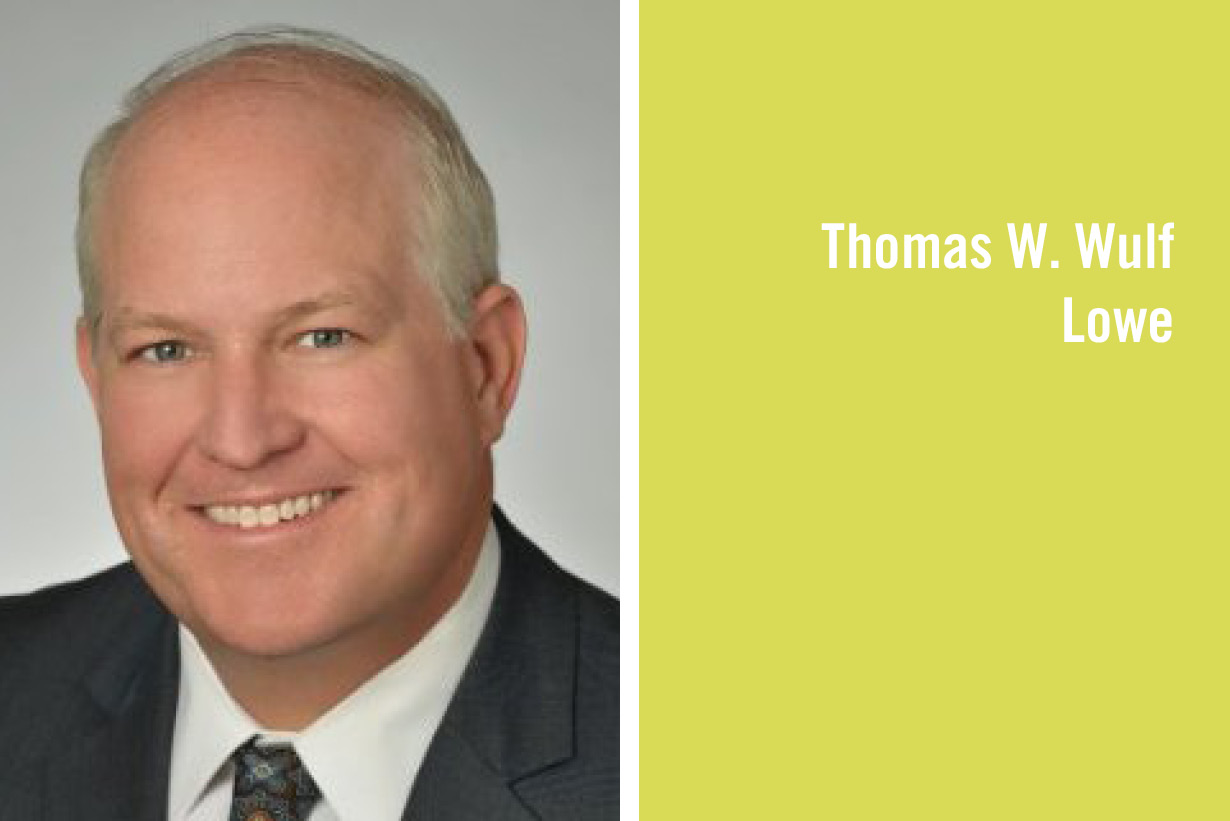LATEST NEWS
An Interview with Thomas W. Wulf of Lowe Enterprises
Ivy Station is a complicated, mixed-use project. What has been the biggest challenge and the greatest opportunity?
Clearly, it is more exciting to me to consider the greatest opportunity, and in this case, we collectively have the responsibility to create an activated, energetic, mixed-use development directly on one of LA’s newest light-rail transit lines, the EXPO line. Our mission is to build value in real estate by creating innovative and lasting environments for people to live, work and play. That is exactly our goal with Ivy Station.
The greatest challenge?
Like any development project there are many constraints and stakeholders involved. Here, that is only magnified by the fact that the site has shared jurisdiction of both Culver City and Los Angeles. In addition, given the station proximity and transit parking, Metro rounds out the trifecta of agencies. Each of these bring along a multitude of requirements and site planning constraints. Layer this in with community, economic, constructability and market conditions, and there are many factors at work that must be managed and addressed.
How do you see TOD changing the way Los Angeles is growing?
I look at demand for residential and commercial space, and we see the growing desire from tenants to eliminate the commute and live in walkable, pedestrian oriented environments. This trend, combined with the significant investment in infrastructure throughout LA (the rail system is doubling in size), is changing the face of development and the landscape of the Los Angeles area. Properties surrounding transit stations are the new “freeway off-ramp” location that are in great demand. The challenge is that most locations directly adjacent to the transit stations are small in scale making it difficult to create meaningful impacts. Thankfully at Ivy Station we have the size to create a true destination and a mix of uses.
How different is creating place in Culver City compared with, say, DTLA?
I don’t think it is significantly different between the two locations. It is more site specific and relating to the context of the neighborhood in either location. Both Culver City and DTLA both have an existing fabric of commercial uses, a strong history and access to transit. In Culver City, we have the difference that we have more area to work with and can therefore create a more meaningful space within the development. It also relates to the demographics; in downtown we see a younger resident, while Culver City brings an established neighborhood of families and a broad range of residents.
How do you see Culver City changing in the next 5 years given the current wave of development?
Culver City has always been a desirable location – on the Westside with easy and convenient access to both downtown LA and the beach areas. Now that access is only magnified with the addition of the EXPO line. I see responsible and balanced development that will enhance the walkability of the community and provide a mix of uses (residential, commercial, hotel & retail) that will only foster additional vibrancy of the area. The area will be home to more residential development as well as commercial space. More than anything, I see Culver City being linked together more than ever before. The TOD area will be the hinge that will link downtown to Helms and the Arts District and Hayden Tract.
Do you think our communities understand the value of design?
Absolutely, although some communities value it more than others. Good design certainly adds value to properties although it must be a balanced approach as additional costs must create additional revenue or we will never be able to build it. It’s no doubt that good design is recognized and rewarded once complete. Sometimes the challenge is presenting and convincing others in the planning stages to take the additional risk in order to reap the rewards. Nothing is certain, but quality design and attention to details are essential for success.
What still gets you excited about doing what you do?
The most important thing about what I do every day, and keeps me excited, is the ability to create. The ability to dream, coordinate and create high quality places for us all to live, work and play. There are not many fields where you have the ability to touch ones’ senses in so many ways and impact lives for a generation to come. Sure there are the challenges, the process and the headaches along the way – those are exciting too – just in a different way! The process is exciting, but the finished product is the true reward.

